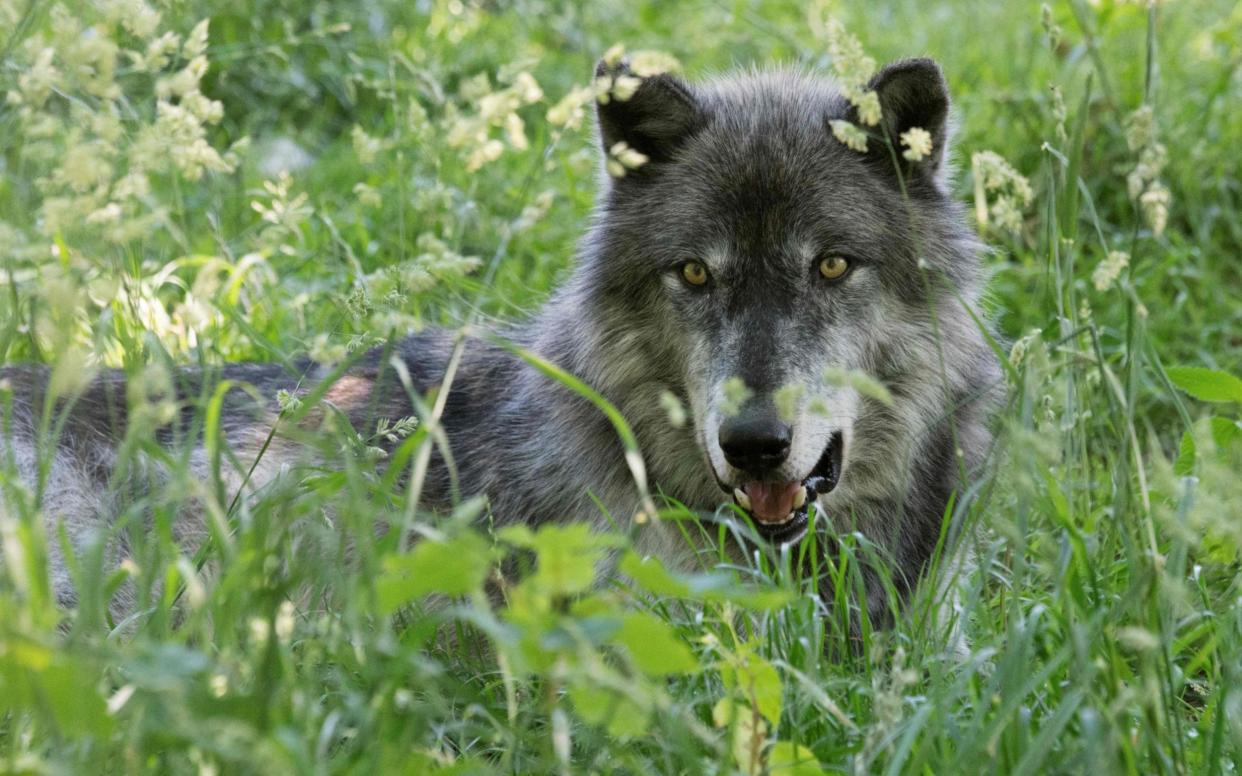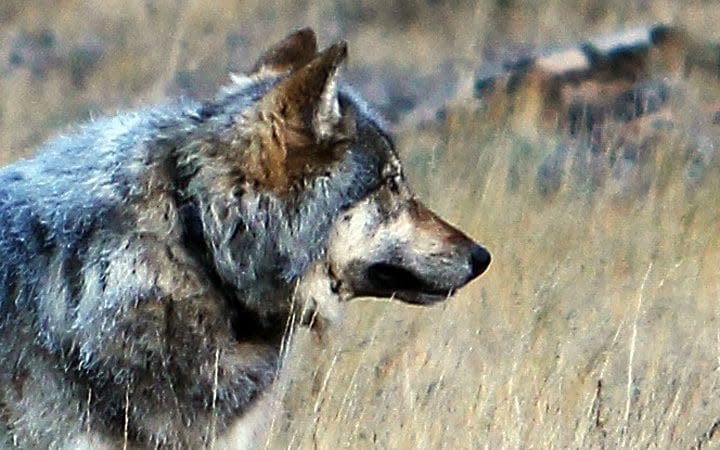French marksman shoots 'mad wolf' that killed almost 20 cows in month-long rampage in eastern France

A "mad wolf" that killed over a dozen dairy cows and 20 sheep within the space of a month and apparently had no fear of man has been shot in eastern France.
Wolves normally hunt in packs and either target injured wild animals or easy domesticated prey, notably sheep.
It is rare for them to take on a cow.
However, for the past few weeks, a wolf with “atypical behaviour” repeatedly targeted the grass-eating ruminants in the Vosges and neighbouring Haute-Saône départements, eastern France, and had no compunction about “entering farm buildings” to seek out its prey, said local state authorities.
Since August 11, it had “carried out 22 attacks leading to the death of 20 sheep and goats and 16 cows,” mainly in the Fougerolles and Val d’Ajol sectors, they added.
The shocking killing spree prompted authorities to authorise a “lethal shooting within the strict legal framework” by a specially-trained “wolf lieutenant”.
Under the Bern convention, wolves are “strictly protected” and can only be culled under special, limited circumstances.
In this case, local livestock rearers had first sought to protect their flocks with electric fences and called in experts to fire warning shots to scare the lone predator off, to no avail. In the end, they were given permission to shoot the wolf in “defence” if they caught it attacking livestock, which they did early on Wednesday.

The decision to allow the animal to be shot had been opposed by local pro-wolf group Solidarité Animaux 70, whose petition against the move gathered 74,000 signatures. "The systematic elimination of the wolf, natural predator, protected species and essential player in biodiversity is not a long term solution," it read.
On the rise in many European countries, in 2018 France’s grey wolf population surpassed the “viability threshold” at which the population is likely to avoid becoming at risk of extinction over a 100-year period - five years earlier than forecast.
Last year there were 580 adults at winter's end, a rise of 50, even if experts say survival rates have declined in the past year for unknown reasons.
Canis lupus’ spread has sparked fierce resistance from livestock owners, who say they are suffering from the growing number of attacks on their flocks - even if they receive financial compensation for any losses.
Last year, authorities registered 3,741 wolf attacks that led to the deaths of nearly 12,500 animals, mainly sheep.
Under a five-year “wolf plan” that runs until 2023, some 19 per cent of the wolf population can be legally culled per year. To date, some 64 wolves have been culled this year.
The intelligent carnivores, which returned to France in the 1990s over the Italian Alps, have now spread across most of the country, from the Pyrenees mountains as far north as the Atlantic coastal regions near Dieppe.
But "there are still no packs formed outside the Alps and Jura," the heavily forested region near the Swiss border, according to France’s OFB biodiversity agency.
However, they are present in Switzerland, where on Sunday voters will be asked to back a revision of the country’s hunting law, which parliament adopted last September in response to the rapidly growing population.
The revised law would ease hunting restrictions, but wolves would remain a protected species.
The current law, which also covers the protection of wild species, dates back to 1986 - before wolves returned to Switzerland. Their population has now grown to around 80 individuals spread across eight packs.
The new legislation would give the cantons more powers to act preventatively, and to kill the animals to avoid large livestock losses and to ensure wolves remain fearful of humans.
Public opinion is split evenly over the issue, polls suggest.


